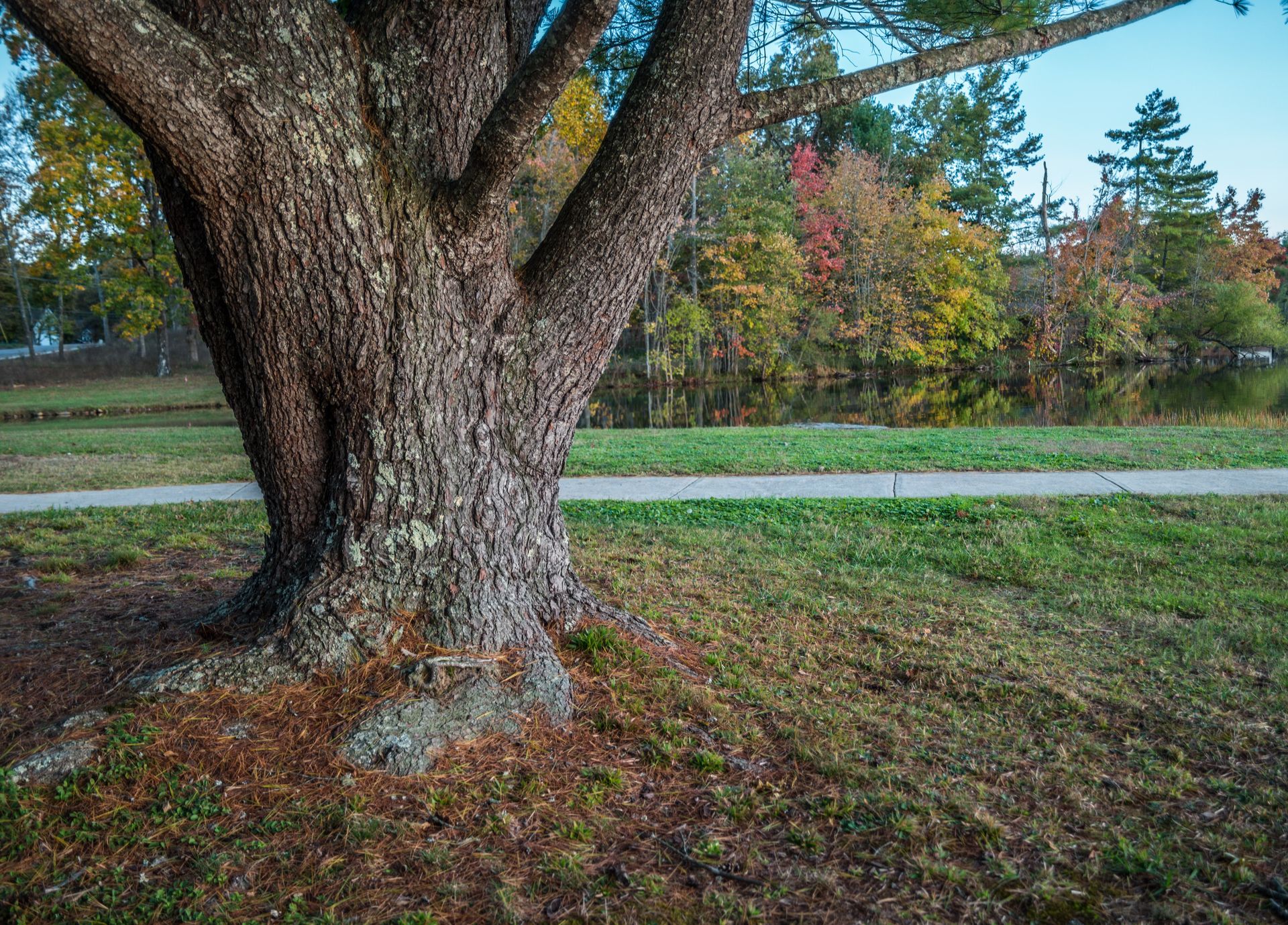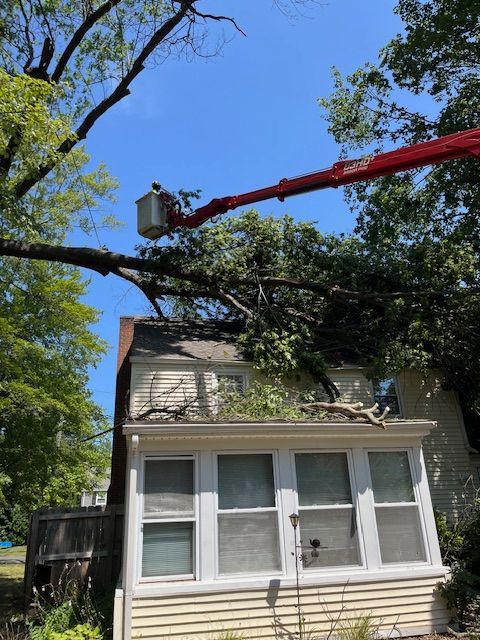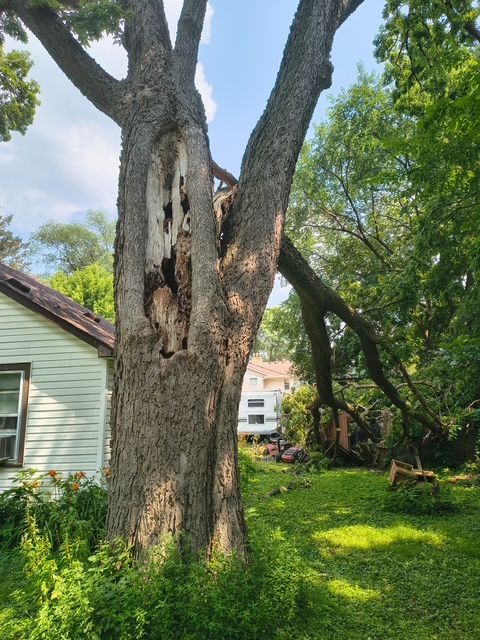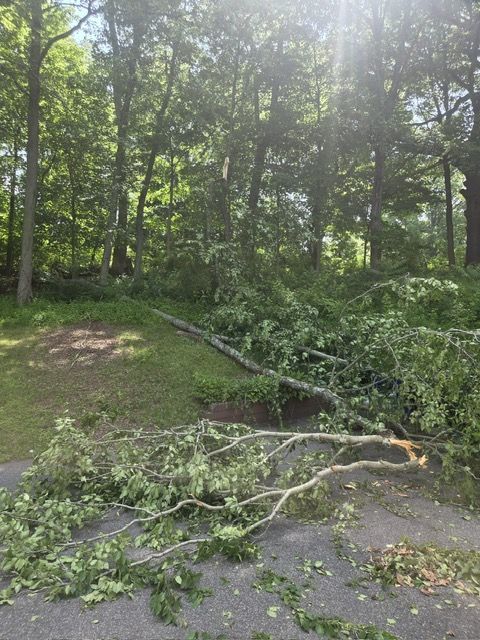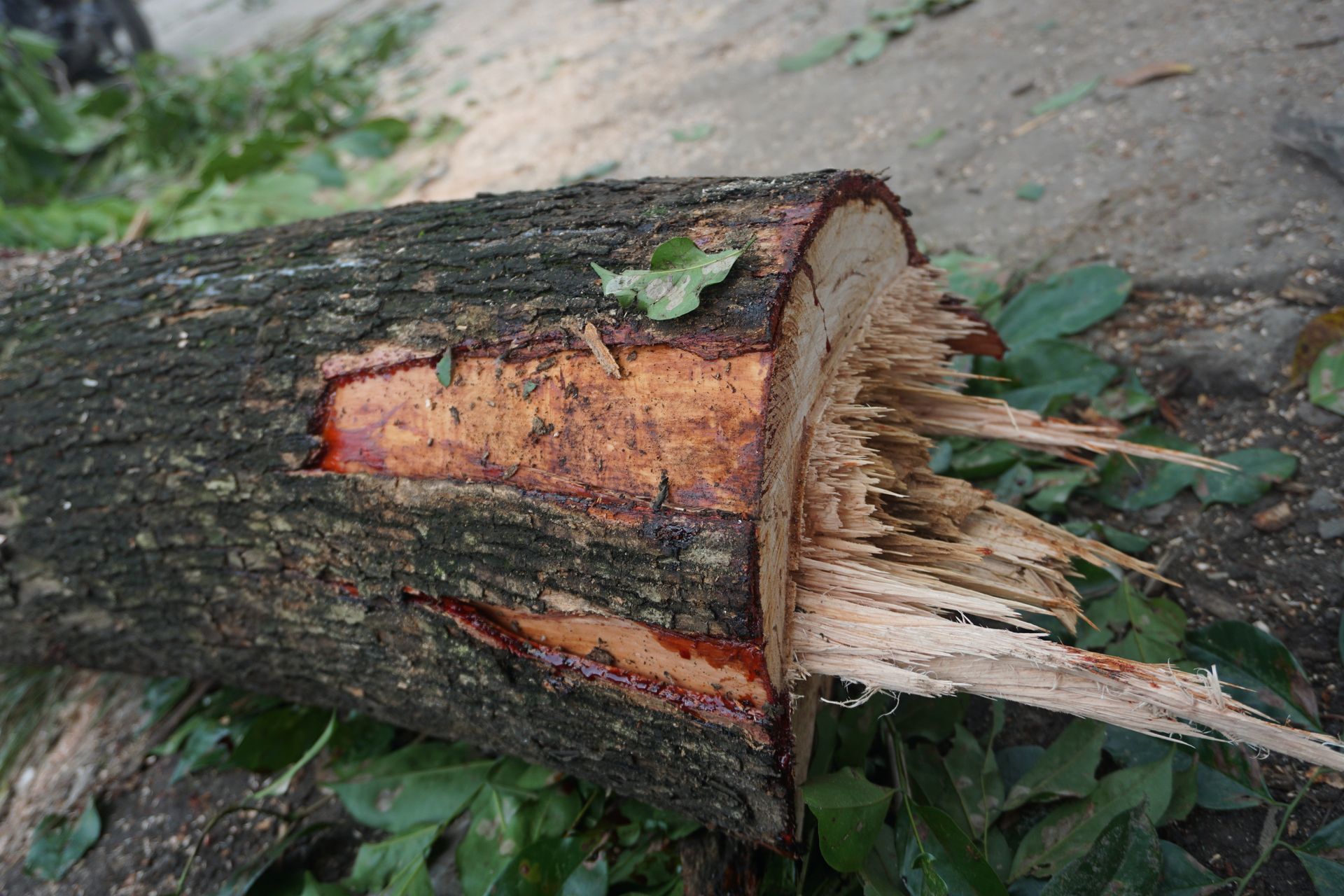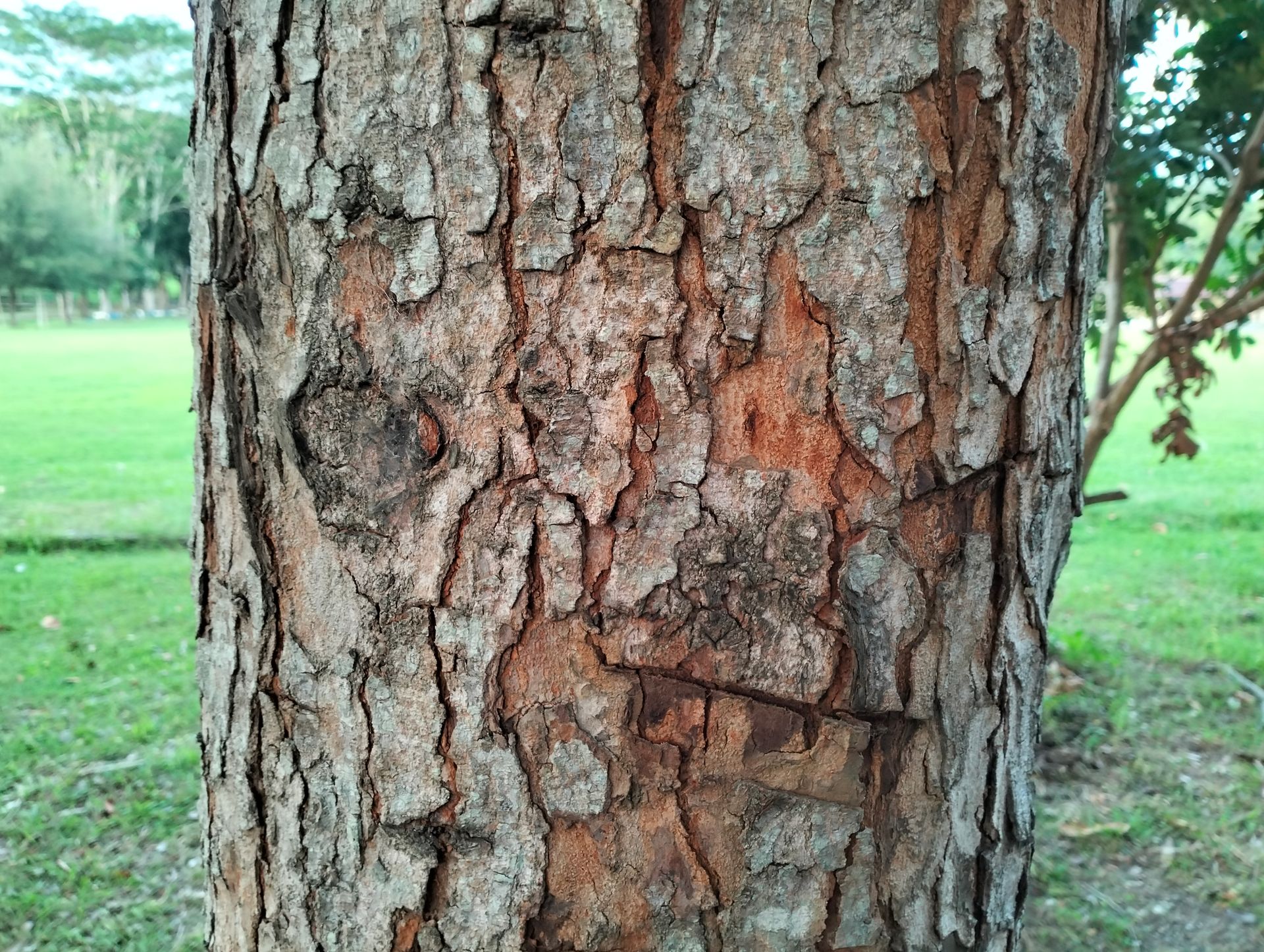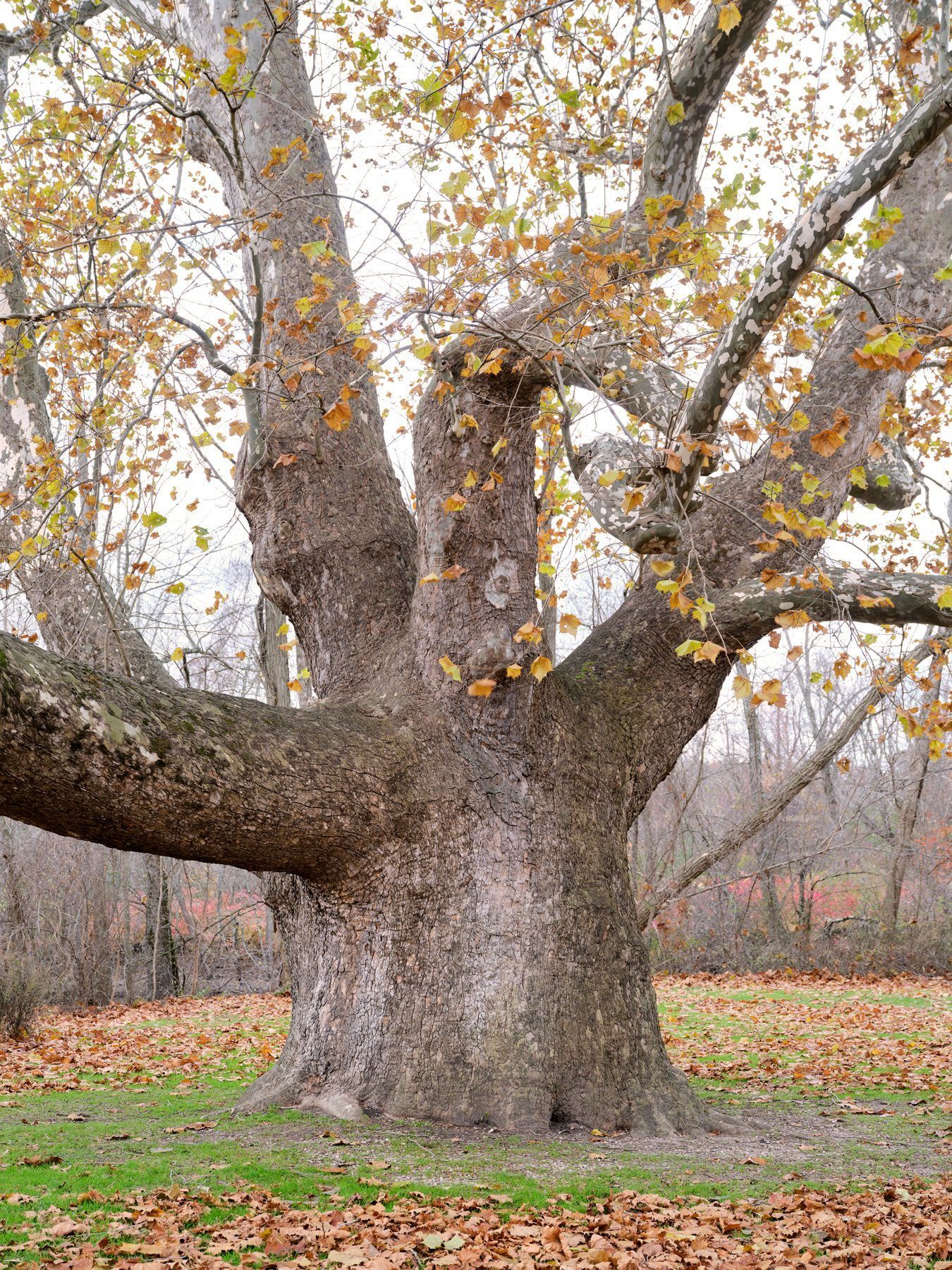What is the Tree Statute in Connecticut
What is the Tree Statute in Connecticut?
Introduction
"Good fences make good neighbors," but what about trees? In Connecticut, trees can be provide beauty, shade, and unfortunately, disputes. If you've ever wondered where your rights end and your neighbor's begin when it comes to that towering oak on the property line, you're not alone. Understanding the Tree Statute in Connecticut isn't just about avoiding conflict—it's about safeguarding your property and knowing exactly where you stand (literally and legally!).
What Exactly is the Tree Statute?
In plain terms, Connecticut’s Tree Statute is the legal framework that governs how trees are managed and who holds responsibility when things go wrong. Whether a tree is on your land, straddles a boundary, or casts its shadow onto someone else's property, this statute lays down the rules. It spells out everything from ownership rights to liability issues. If a storm knocks over a tree onto your neighbor's car, the Tree Statute will tell you who should be footing the bill.
Key Provisions You Need to Know
Here’s the nuts and bolts of it. The Tree Statute makes it crystal clear who owns a tree—the person on whose property the tree trunk is rooted. Sounds simple, right? But what if the branches extend over a neighbor's yard? This is where the statute comes in handy. It also lays down the rules for pruning, removing, or even preserving trees. And let’s not forget the consequences of ignoring these guidelines. You could end up in a legal quagmire—or worse, with hefty fines.
Ownership and Liability: Who’s on the Hook?
If the trunk of a tree is on your property, guess what? It's your tree, and that makes you responsible for it. This means you’re on the hook if it causes any damage. For example, if a branch falls and smashes your neighbor's roof during a winter storm, you might be liable for the repair costs. Understanding these responsibilities can save you from unexpected—and often costly—surprises down the road.
Know Your Rights: What You Can and Can’t Do
Connecticut law gives you the right to trim branches or remove trees that cross into your property. But hold on—you can’t just start sawing away at a neighbor’s tree. There are limitations, and taking matters into your own hands without considering these could lead to legal action. Sometimes, all it takes is a friendly chat with your neighbor. But if things get complicated, knowing the law will help you navigate the situation smoothly.
Exceptions and Special Cases
Not all trees are created equal in the eyes of the law. The Tree Statute includes specific provisions for historic or protected trees, and different rules apply to trees on public land. If you’re dealing with one of these exceptions, the regular rules might not apply. In these cases, it's crucial to consult the statute or even seek legal advice to avoid making costly mistakes.
What to Do in Case of a Dispute
Tree disputes can escalate quickly, but they don't have to. If you're facing a tree-related issue, start with a conversation. Many disputes can be resolved through clear communication and mutual agreement. If talking doesn’t work, you may need to involve a mediator or take legal action. Being informed about your rights and obligations under the Tree Statute gives you a strong foundation to resolve the issue fairly.
Compliance: Why It Matters
Staying on the right side of the Tree Statute isn’t just about avoiding penalties—it's about protecting your property and your peace of mind. Compliance with the statute helps you maintain good relationships with your neighbors and ensures that your property is safe and well-managed. Plus, it keeps you out of legal trouble, which is always a good thing.
Conclusion
Trees are a vital part of Connecticut’s landscape, but they come with responsibilities. The Tree Statute is your guide to managing these responsibilities effectively. Understanding your rights and responsibilities helps you avoid disputes, reduce risks, and keep your property a source of pride instead of headaches. Keep your trees—and your legal standing—in good shape by staying informed and proactive.
